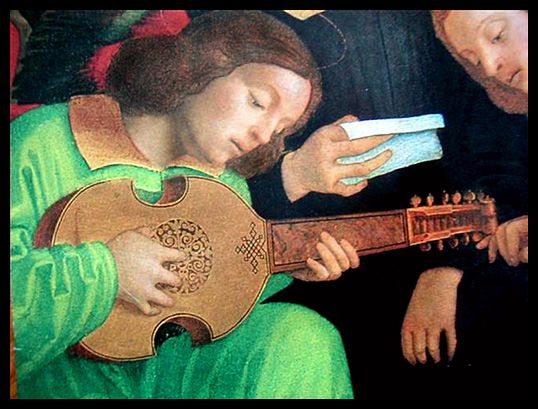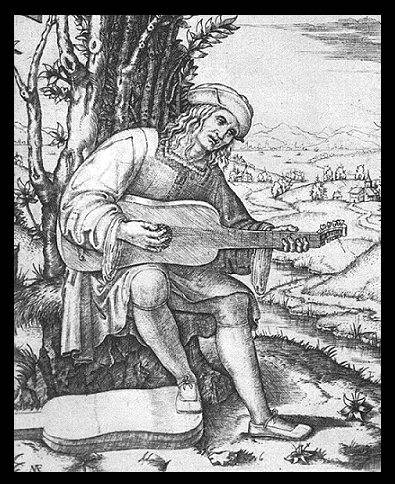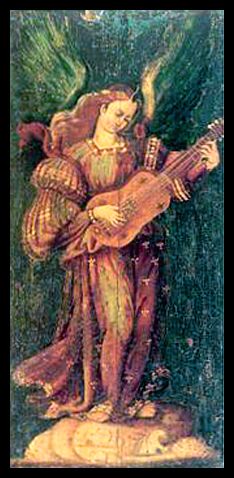History of Vihuela
Vihuela is a guitar shaped stringed instrument that became one of the most popular instruments of 15th and 16th century Europe, especially in its Eastern and southern parts (Italy, Portugal and Spain). Its origins can be found in countless version of guitar instrument called Lute that was in use in other parts of the world for centuries and millennia, most notably in Ancient Egypt, Middle East, Persia, Turkey, China, Greece, and Ancient Rome. Various types of Lute traveled from country to country, until it managed to create significant hold in Persia, Armenia and Byzantium around 7th century BC. As Lute continued to spread across Europe, its most significant expansion happened in 9th century when Moors from Africa managed to introduce Lute to Spain.
The birth of Vihuela happened in early 1500s when lutenist (music instrument artisans) from Spain, Portugal started producing instrument “vihuela de mano”, a vitol-shaped guitar that was tuned like a lute (which was continued to be used there for centuries more). Vihuela arrived shortly after to Italy through lands that were controlled by the Spanish (most notably Sicily).
Most noticeable distinction between Lute and Vihuela was that Vihuela had flat back, and its 12 wires were arranged in six doubled strings. This instrument received major upgrades in the Kingdom of Aragon in north-eastern Spain, where it was popularized through entire 15th and 16th century.
In later 16th century some players of Vihuela abandoned use of fingers, and used bows to play this instrument, which slowly led to the development of the viol that was very popular in Renaissance and Baroque periods, and are now regarded as one of the most important classical instruments.
In late 16th century, fading of the Spanish and Portugal style of complex polyphonic music led to the abandonment of wide use of all types of Vihuela - “Vihuela de mano” (which was played with fingers), “Vihuela de penola” (played with plectrum) and “Vihuela de arco” (played with the bow). Its descendants continued to be used sparingly (violas, “tiple” in the Americas, and “violas campaniças” of Portugal), but much of its use were replaced by the Barogue guitar that had 5 strings.
Today, only five known original Vihuela instruments that have been made in 15th and 16thc century have survived the tooth of time, although modern variants can be purchased easily and can be found in the repertoire of several modern musicians.


